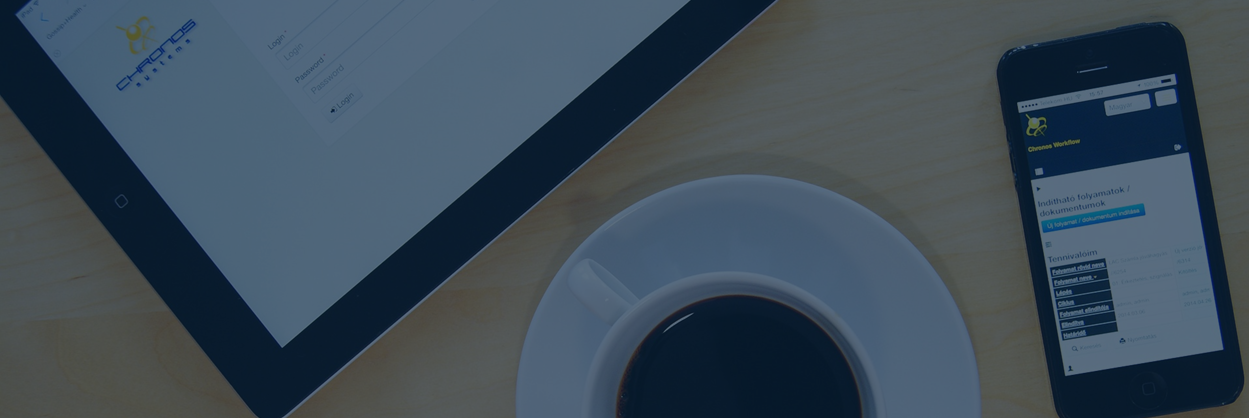What Does it Mean?
To create a good relationship of trust, mutual respect, and support, it is necessary to initiate communication and establish a commitment between the parties (engagement.) Engagement should start at the early stages, be it the pre-feasibility studies stage or the preliminary prospecting. This shows the stakeholders that both their opinion, as well as their best interests are priority issues and important to the company. This two entry article will cover contact with communities, clarity, transparency, benefits of good communication and tools to communicate clearer and more transparent information.
Companies have tried to delay dialogue on several occasions, as they did not want to create expectations in the communities, or out of fear of generating uncertainty by not having all the answers. Seeing different activities and people working in their environment usually already creates expectations in the communities. A clear dialogue explaining that there are several uncertainties is better not only for the stakeholders, but also for the company. This situation may be an opportunity to establish a rapport and mutually helpful relationships, to identify potential negative impacts, and to jointly propose ideas and solutions in the design of the project.
First Contact and Technical Language
Companies sometimes communicate incomprehensible messages to communities. Using overly technical terms, not communicating in the native language of the communities, or even not using appropriate didactic means are just a few examples. The community relations staff rarely makes the first contact with communities. Rather, it is the technical and engineering staff, and they tend to use technical concepts to communicate. Technical language may be confusing or not explanatory enough to answer questions that the stakeholders might have. This leads to an implicit degree of “risk,” as confusing information may involve some negative implications.
Companies must try to be clear in the message they want to convey and transparent about the information they present. Uncertainties for the company and changes in the communications means or tools can occur and should be mentioned.
Being transparent and clear applies to companies communicating to stakeholders, and also to all the interested parties. When governments develop a clear legal framework, for instance, this helps clarify the rights and obligations of all parties involved. Expectations and the potential for conflict are reduced, thus contributing to the project’s success.
What Is Clarity?
Being clear means encoding the message in a language that is simple. Adapted to the group of stakeholders to which the message is to be conveyed, it should be easy to understand. Information provided should allow the actors to understand the activities and how they could be affected in the future. It should allow the actors to build an opinion based on concrete facts.
Clarity is the crucial element of understanding. The message should be carefully generated in a simple, easy to understand manner. Also, the different ways in which it could be interpreted should also be evaluated.
The communities should attend meetings knowing the topics that will be addressed. The company is responsible for providing timely information and for delivering it in a way that is understandable to the community.
Transparent information
Sharing transparent information and being transparent means making information continuously known/accessible, whenever possible. The communities and all the actors should be kept informed about the future plans or prospects of the companies.
Transparency is intended to generate an atmosphere of trust, empathy, safety and openness between the company and the stakeholders, so that they are informed and know from the start the potential direct and indirect impacts, their rights and their obligations.
Open dialogue is necessary, especially on issues that are sensitive to the community, such as access to water, potential contamination and different mitigation options, job opportunities and anything else that creates uncertainty and expectations.
It’s worth mentioning that the dialogue should be a two-way communication process. That is, the process should not be limited to simply informing communities, but rather listening, discussing the various issues that affect them, and taking their comments into account.
Benefits of sharing transparent information
On the issue of transparency, a very important and sensitive aspect is how the communities perceive the company. Why it is important to have an open and sustained dialogue, even in cases where the company does not have a clear position?
Clarity benefits different actors, providing a means to work with the various stakeholders using the same language. Transparency, in turn, supports creating a culture of accountability. It specifically benefits (i) countries and governments, demonstrating a national commitment to transparency, improving governance and public accountability, which promotes a favourable climate for investment. It is a tool to prevent or reduce corruption, promote compliance to commitments and to strengthen government structures in charge; it also benefits (ii) companies and investors, by showing a commitment to transparency, both to stakeholders and to the state. It shows the actions taken by a company and the principles on which they are based, improving the credibility of the companies locally and internationally. Lastly, it benefits (iii) society because it is an instrument to inform and recover trust in both the companies and the state, becoming a social auditor.
Internationally, it is a concept that becomes stronger every day. The Initiative for Extractive Industries Transparency is an interesting endeavor, which (EITI) has gained the support of various groups, such as multilateral agencies, government, investors, companies and civil society.
Tools for Improving Transparency
The companies must continuously implement measures to increase transparency, clarity of messages to different types of stakeholders and accountability as a means of promoting an understanding of the project as well as building trust.
An information management system such as BoréalisIMSTM is a useful and proven tool that allows for the delivery of reliable and specific information to various stakeholders in real time. This is done through the compilation of data from various sources, such as commitments to the community and the state, claims and complaints from the community, etc. With this information it is possible to track every action and generate reports in real time, with reliable information that can appropriately be shared with the various stakeholders.
Transparent communication is regarded as an international good practice. This is why international initiatives such as GRI and EITI are being implemented. A good example of a sustainability report following the GRI initiative is the Boréalis report.





